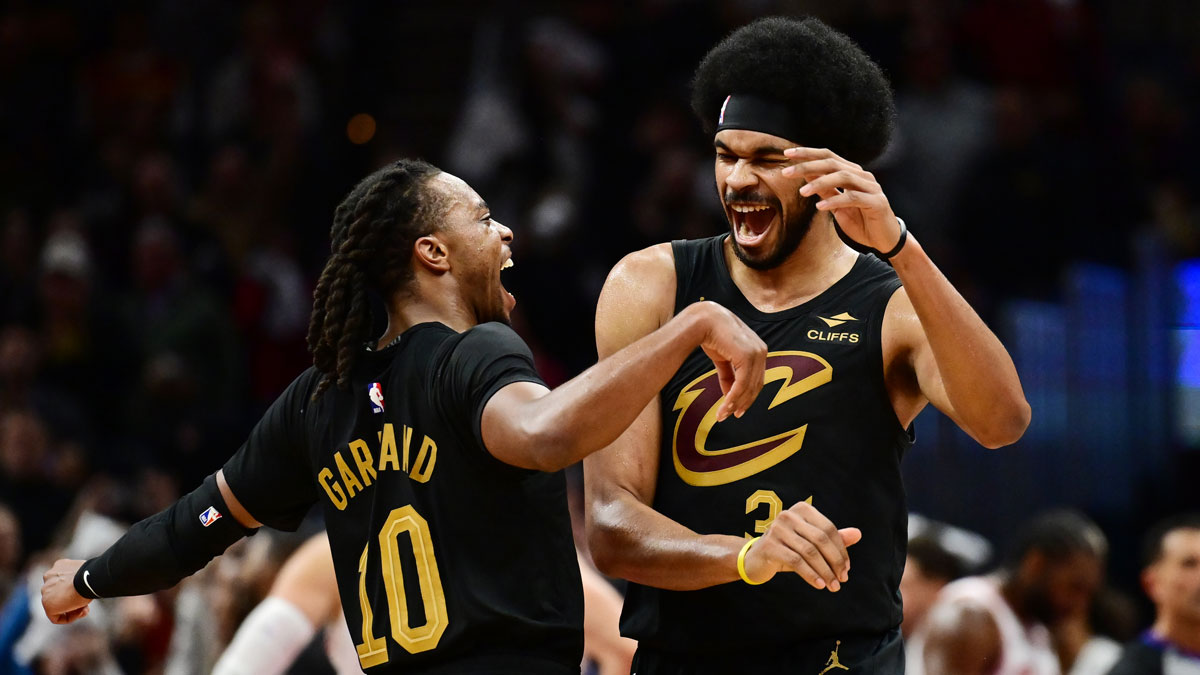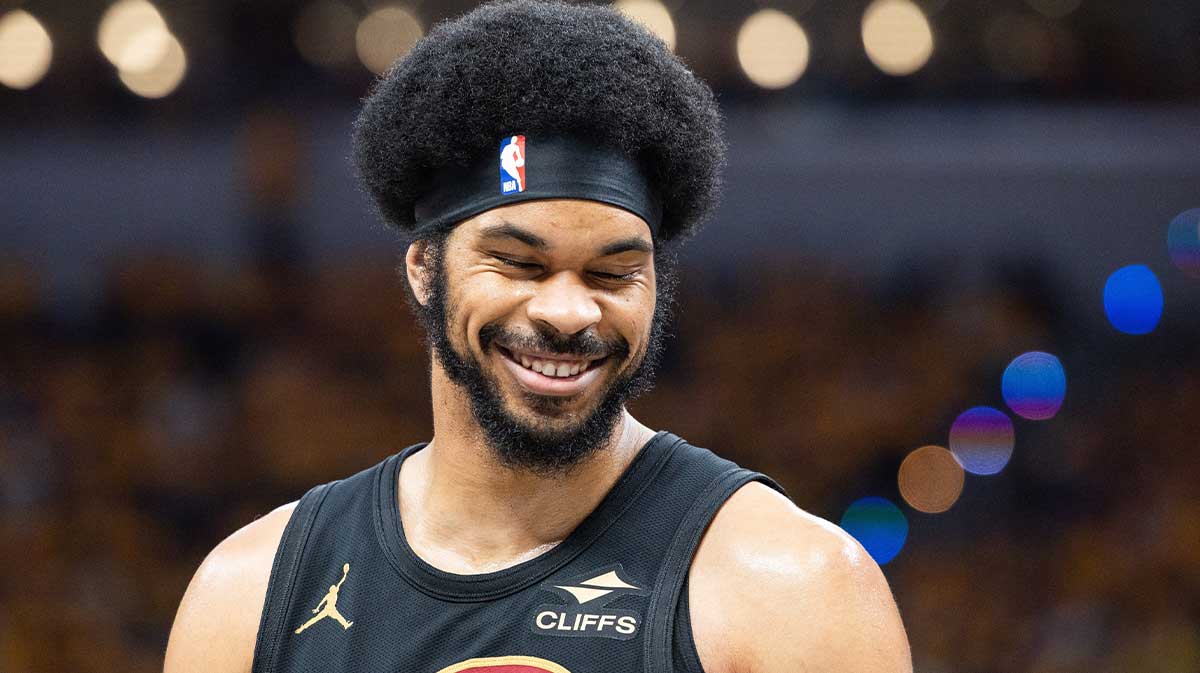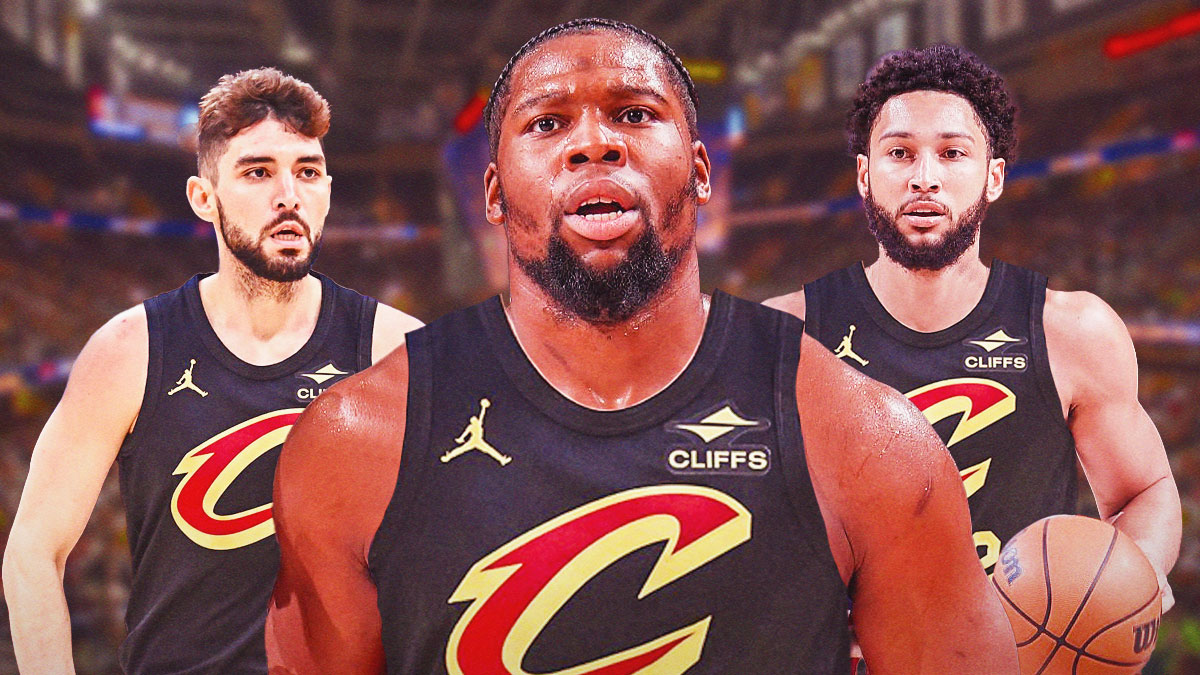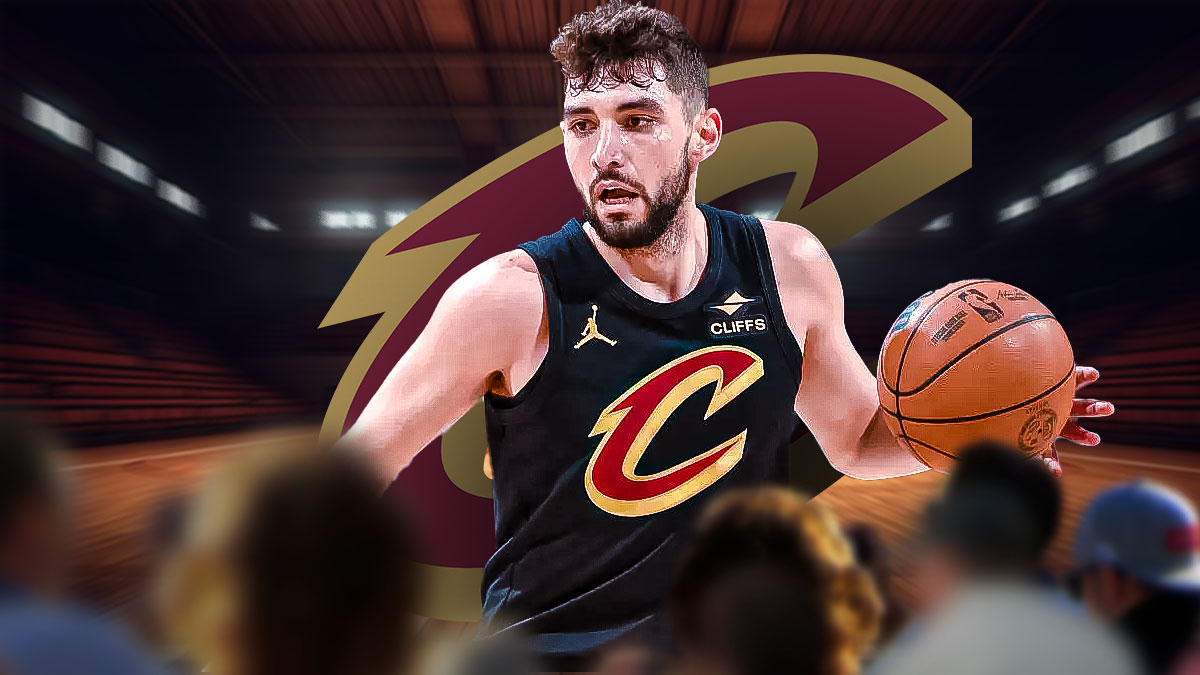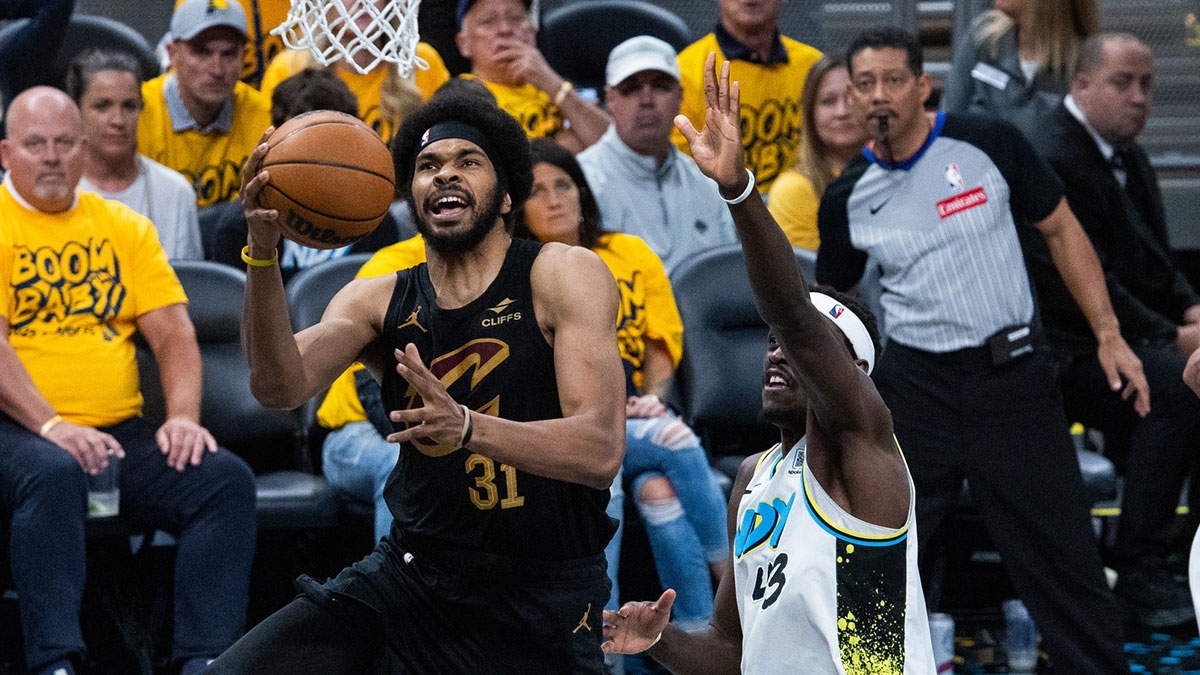The Cleveland Cavaliers’ 2024-25 season was a storybook run-until it abruptly turned into a cautionary tale. After a franchise-best 64-18 regular season, the Cavaliers were unceremoniously bounced from the Eastern Conference semifinals by the Indiana Pacers in just five games. The Pacers, a No. 4 seed that started the year 13.5 games behind Cleveland, stormed back from a 19-point deficit in Game 5 to close out the series, leaving the Cavaliers and their fans in disbelief.
The question now echoing through Rocket Arena and across the NBA landscape: Who shoulders the blame for this stunning collapse?
Who Is to Blame?
One name stands above the rest: Darius Garland.

While injuries and collective underperformance played a role, no single factor loomed larger in the Cavaliers’ defeat than the struggles of their starting shooting guard. Garland’s inability to deliver, particularly in the most critical moments of the series, proved fatal to Cleveland’s championship aspirations.
Garland entered the postseason as the Cavaliers’ offensive engine, expected to orchestrate the attack and provide a steadying presence. Yet, against Indiana, he was a shadow of his regular-season self. Garland missed the first two games of the series due to injury, and when he returned, he was unable to regain his rhythm or make a meaningful impact.
In the decisive Game 5, Garland shot a dismal 4-of-16 from the field, including 0-of-6 from three-point range, finishing with just 10 points. His lack of efficiency and inability to create for others was glaring, especially as Indiana’s defense keyed in on a hobbled Donovan Mitchell. Throughout the series, Garland’s production was inconsistent at best and detrimental at worst, with his shooting woes and turnovers stalling the Cavaliers’ offense at crucial junctures.
The Ripple Effect on the Offense and Defense
Garland’s struggles had a cascading effect on the Cavaliers’ entire offensive system. With Mitchell battling a sprained ankle and forced to shoulder the scoring load-he dropped 35 points in Game 5, but needed 25 shots to get there, the absence of a reliable secondary playmaker left Cleveland’s attack predictable and stagnant.
Article Continues BelowEvan Mobley and the supporting cast were left to fend for themselves, often standing around as possessions devolved into isolation plays or late-clock heaves. The Cavaliers’ vaunted ball movement and spacing, so effective during the regular season, evaporated under postseason pressure. Indiana’s defense, meanwhile, thrived on the lack of variety and movement, swarming Mitchell and daring others-especially Garland-to beat them. He could not.
The Cavaliers’ identity all season had been built on defense, but Garland’s lack of physicality and awareness on that end was exposed by the Pacers’ relentless pace and ball movement. Indiana’s guards routinely targeted him in pick-and-roll situations, exploiting mismatches and forcing rotations that left Cleveland scrambling. Tyrese Haliburton, in particular, found little resistance as he orchestrated Indiana’s attack, culminating in a 31-point, 8-assist masterclass in Game 5.
When Garland was on the floor, the Cavaliers’ perimeter defense suffered. Indiana’s shooters found open looks, and the Pacers’ ability to get into the paint created a steady stream of high-percentage opportunities. Cleveland’s inability to contain dribble penetration or contest shots at the point of attack was a direct result of Garland’s defensive limitations.
Perhaps most concerning was Garland’s lack of leadership and composure in high-pressure moments. As one of the Cavaliers’ key pieces on this team, he was expected to steady the team when adversity struck. Instead, he appeared tentative and indecisive, compounding mistakes with poor shot selection and questionable decision-making. In the third quarters-where the Pacers repeatedly seized momentum-Garland was notably absent, both in production and presence.
With the Cavaliers losing all three home games in the series, a first in franchise postseason history, the need for calmness and assertiveness was never greater. Garland, instead, faded into the background, unable to rally his teammates or stem the tide during Indiana’s runs.
While injuries to key contributors like Garland and Mitchell certainly hampered Cleveland’s chances, the Cavaliers’ flameout ultimately falls on the shoulders of Darius Garland. His inability to perform at either end of the floor, coupled with a lack of leadership when it mattered most, was the single greatest factor in the team’s shocking exit.
The Cavaliers now face a pivotal offseason, with questions swirling around the roster’s construction and mental toughness. Head coach Kenny Atkinson acknowledged the need for growth, emphasizing that while individual players improved, the team ultimately fell short of its championship goals.
Donovan Mitchell urged his teammates not to shy away from the disappointment but to use it as motivation for next season. Whether Cleveland can address its lack of playoff grit and retool around its core will determine if this flameout becomes a turning point or the start of a troubling pattern for a team built to win now.

